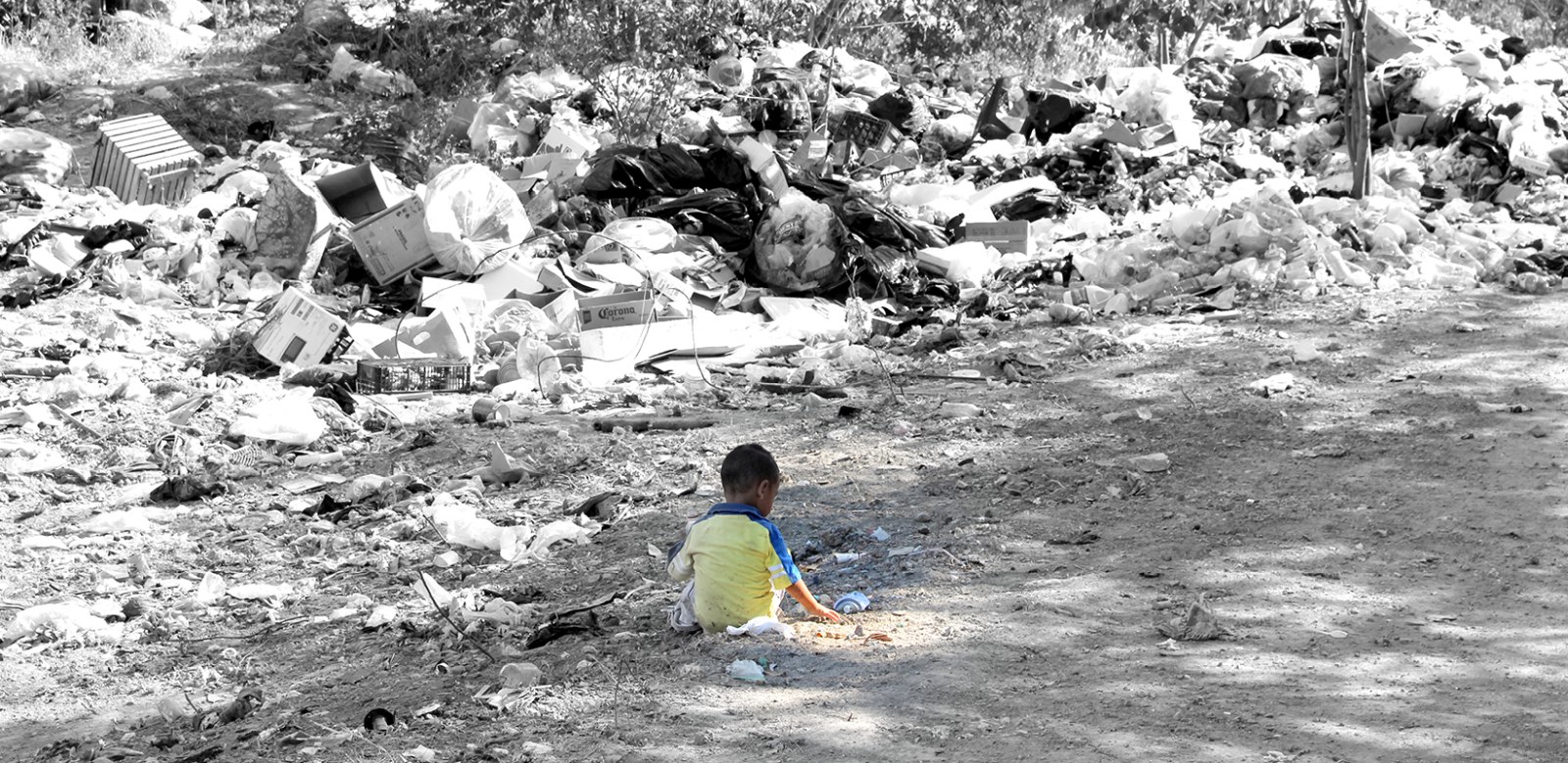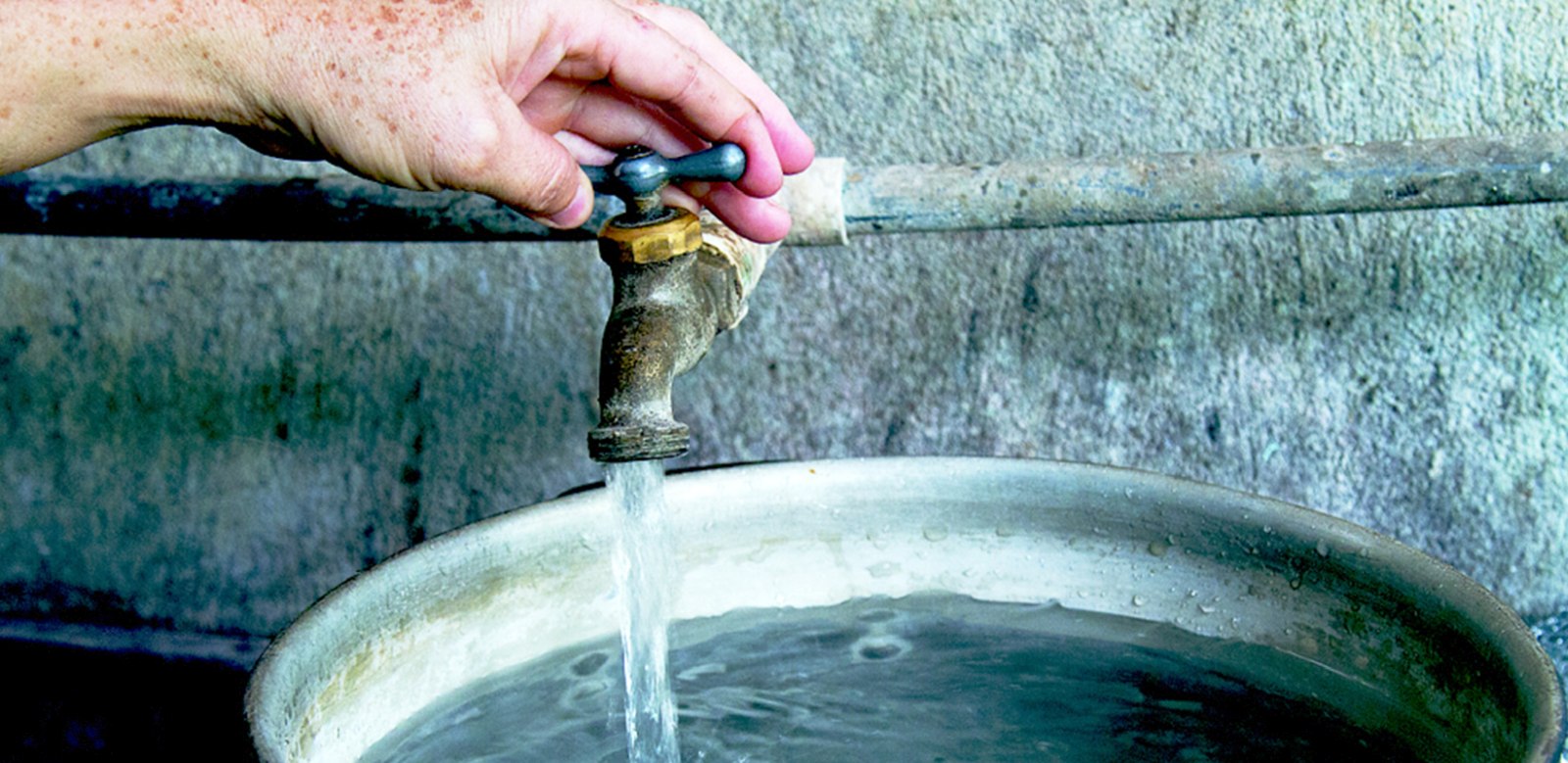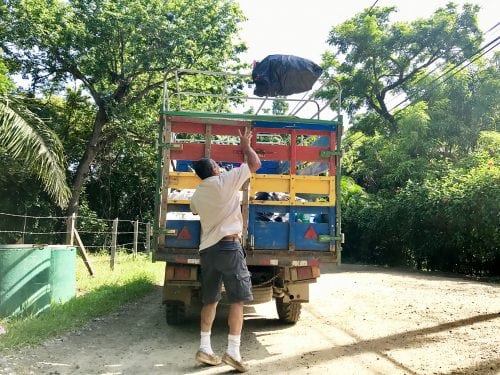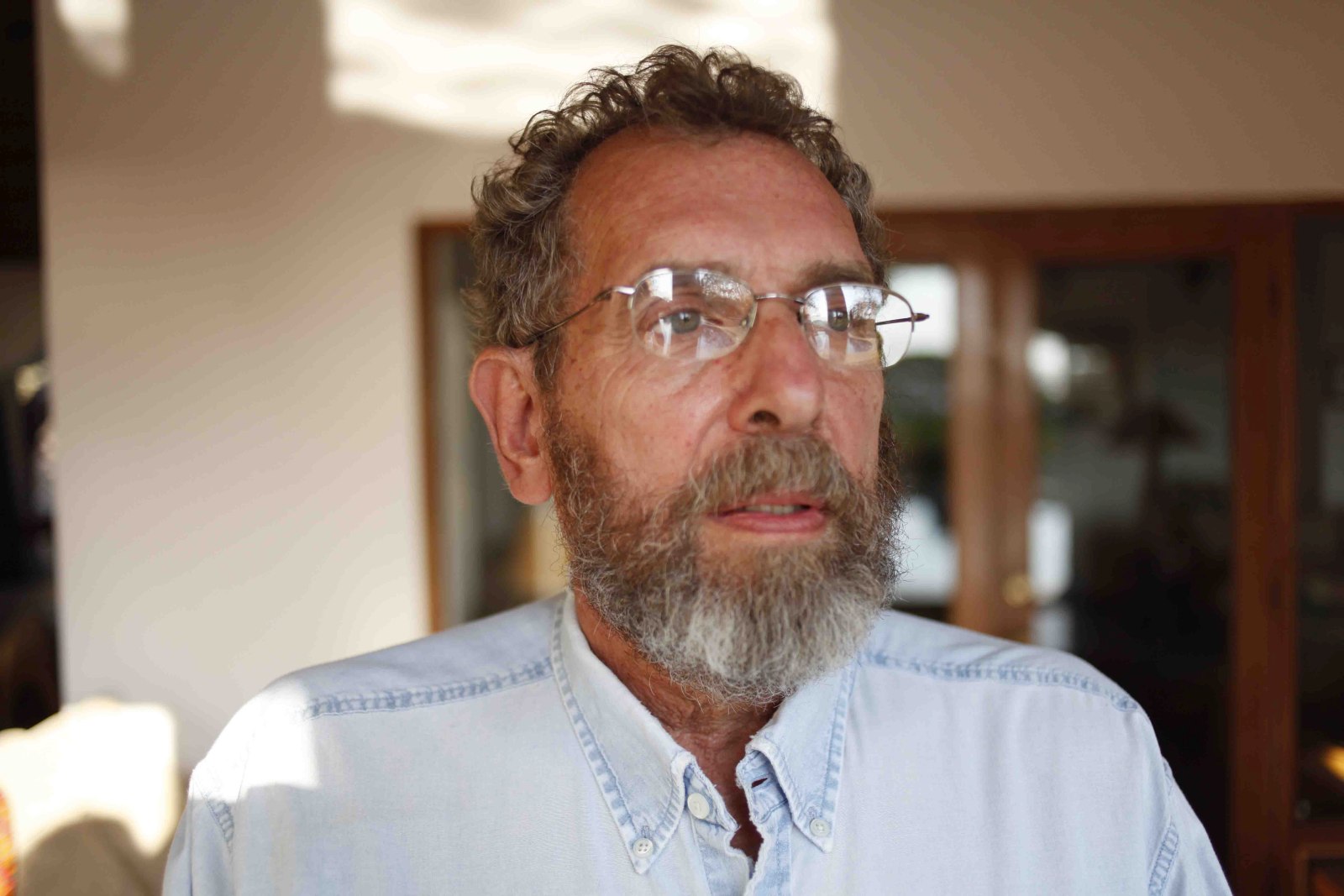
In the natural world, there is no “garbage.” Everything that nature produces is ultimately a valuable resource to be reused. When a plant or animal dies, for example, the remains serve as nutrients and energy for other animals and microorganisms, a truly sustainable cycle that has been perpetuated for millions of years. Everything grows, lives, dies and is used again and again. A successful formula, right?
Humans, on the other hand, are turning our beautiful planet into an endless garbage dump. Our oceans, rivers, beaches and communities are all areas impacted by the large number of products we have created, without planning ahead what would happen to them at the end of their life.
Recycling is a good attempt to recover and reuse of the waste we produce, but will it be enough to save our planet from the increasing amount of pollution?
As you can see, in nature, a cyclical model exists in which resources are always reused; whereas humans use a linear model in which resources are taken, used and thrown away.
The Ellen MacArthur Foundation proposes an idea to rethink and redesign our future by suggesting a cyclical economy in which our waste creates capital rather than decreasing it.
They envision creating safe and biodegradable packaging materials that, instead of polluting, become beneficial at the end of their life as a resource for the soil. However, since not everything can be biodegradable, they suggest that metals, polymers, alloys and other materials used in electronics and electrical appliances such as refrigerators, cell phones and computers, for example, be given a specific cycle. By maintaining their quality, they can be reused once the device no longer works. All of these products would be manufactured in such a way as to be disassembled and reconfigured, not discarded.
The Foundation also recommends rethinking the “ownership structure” of our current model. This suggests that, instead of owning an appliance like our cell phone, we would have a license from the manufacturer, to whom the item would be returned at the end of its useful life. The producer can thereby reuse its parts.
This model would help to ensure that products created are a better quality and last longer. Before it is built, the manufacturer would include a plan to reuse each piece in the original design. We would be copying our wise mother nature who, for billions of years, has maintained a perfect balance without generating “garbage.”
On the other hand, we as consumers have as much responsibility, or perhaps even more, than the producer. Our demand impacts supply. Companies produce what people buy. Consumers who are aware of their impact on the planet will avoid materials like Styrofoam or products like disposable dishes and eating utensils, which take thousands of years to disappear. Replacing them is a matter of choice.
With great imagination and innovation, human beings were able to reach the moon and have managed to decipher many of the mysteries of our universe. A planet without garbage is not an impossible dream. Rather, it is the future that each one of us should help design.







Comments